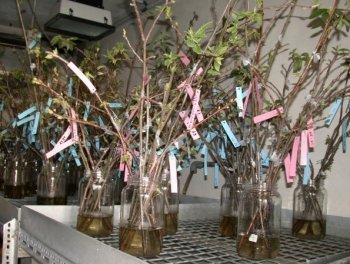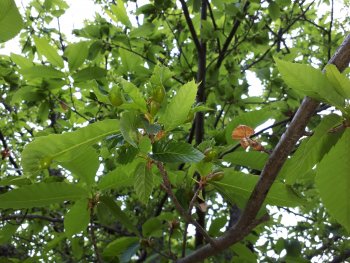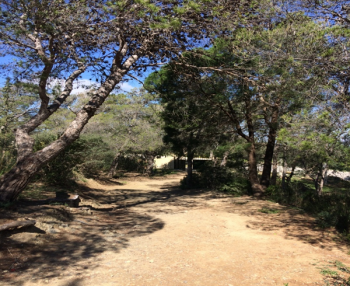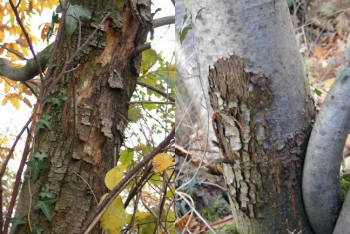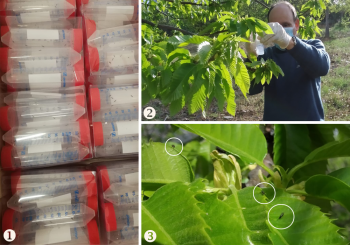Pooling and joinin together in order to develop economically and preserve the local know-how
Submitted by Haimad Baudrill... on 20 May 2020The objective of this economic experience is to bring value to all the local chestnuts production in order to keep the maximum added value of the products at the producer/processor level, preserving local transformation know-how in order to ensure high quality products.
To do it, the idea of this experience is that producers pool the transformation process and join together in order to enter more important markets.






